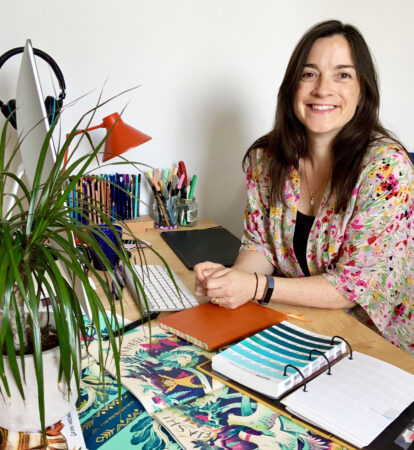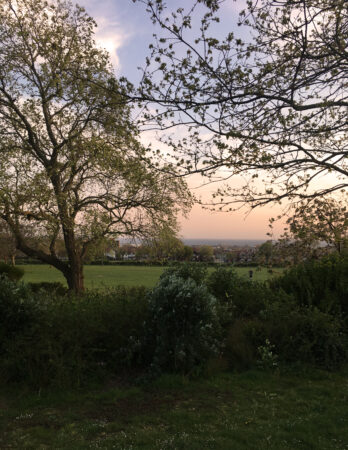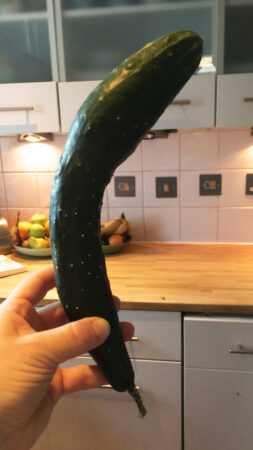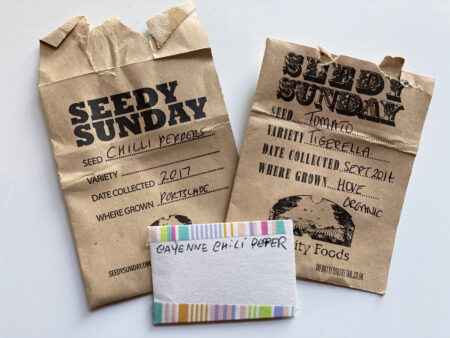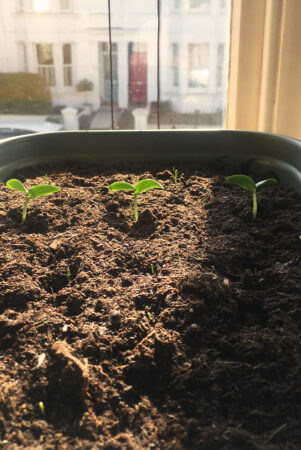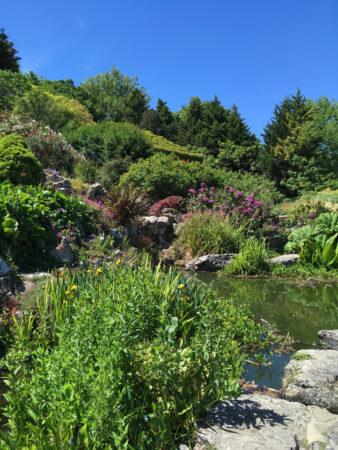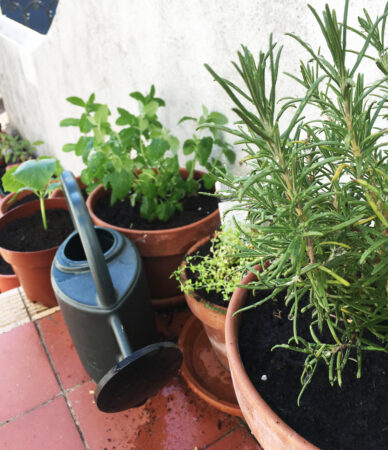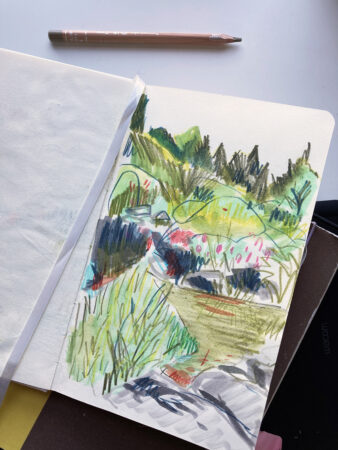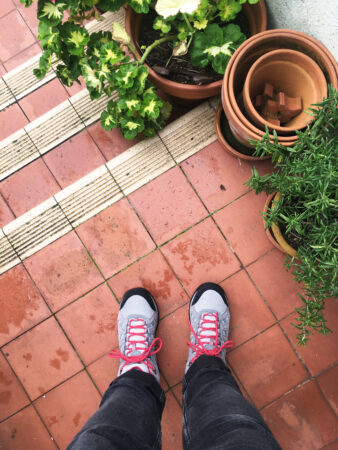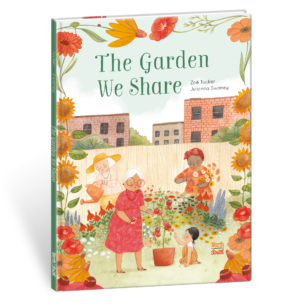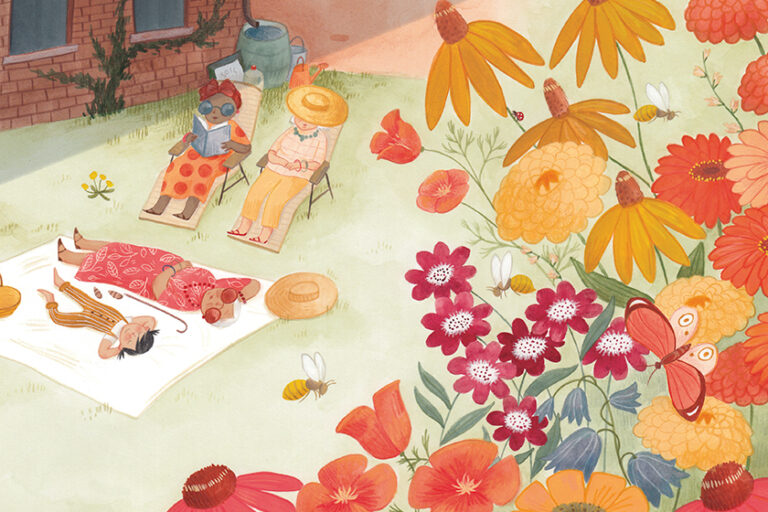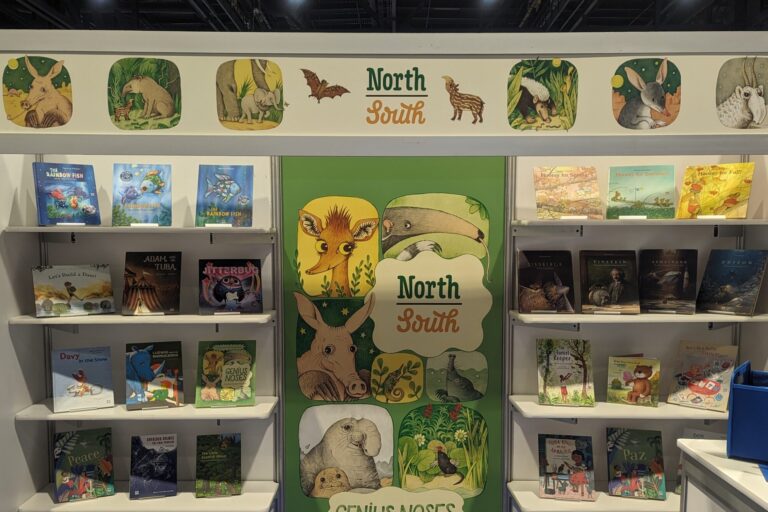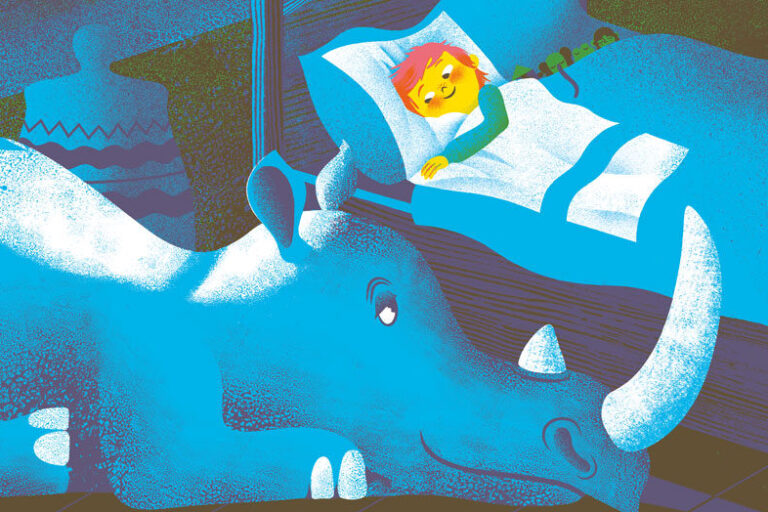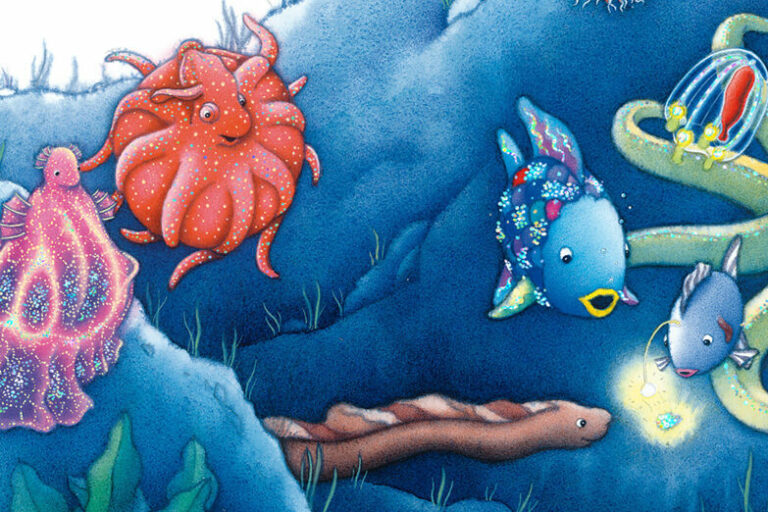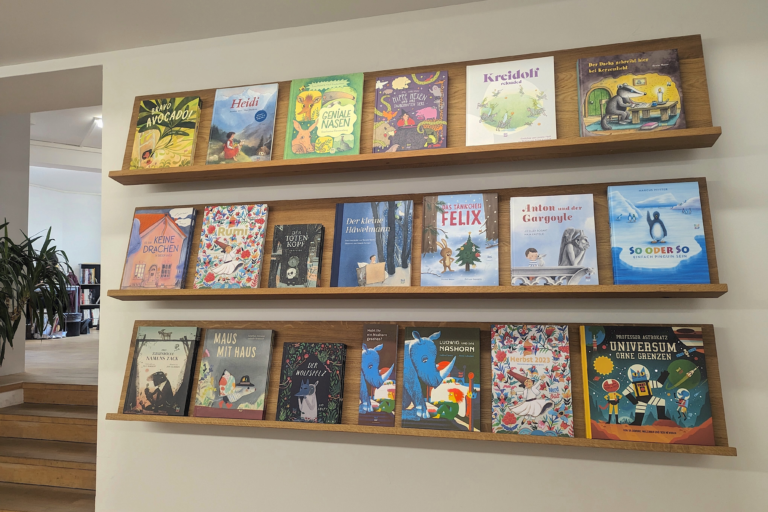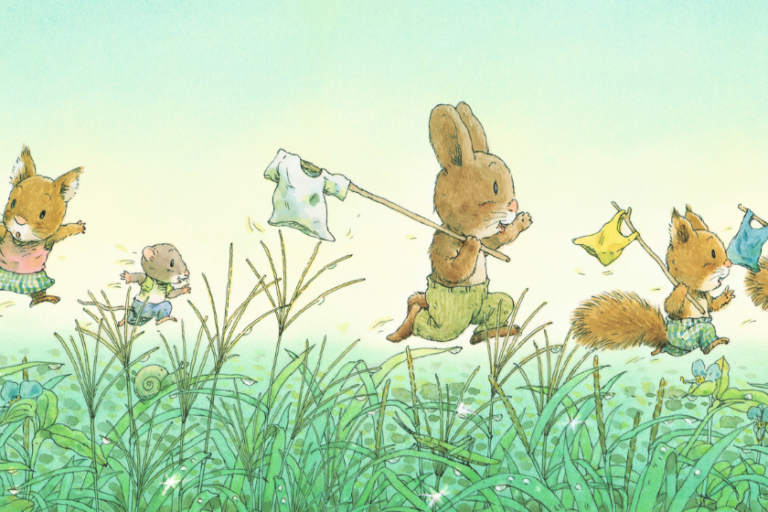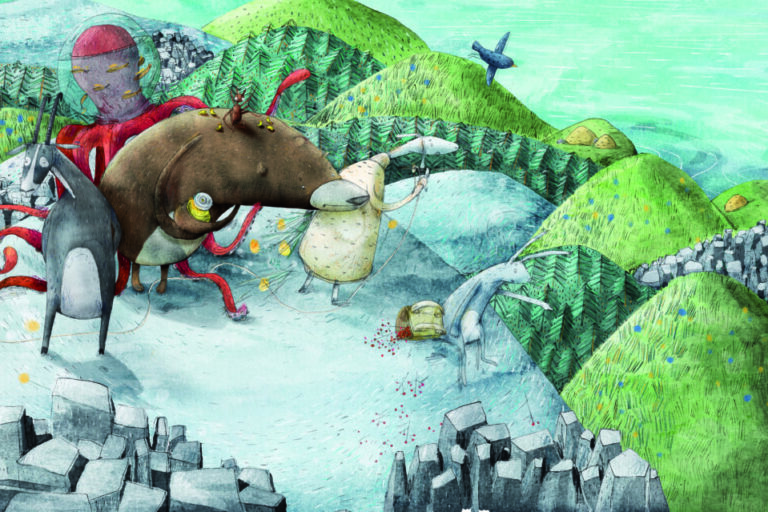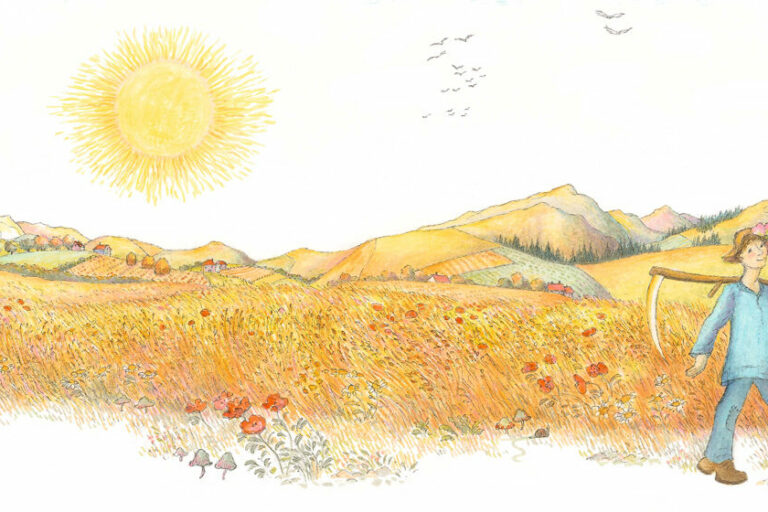Bringing Books to Bloom
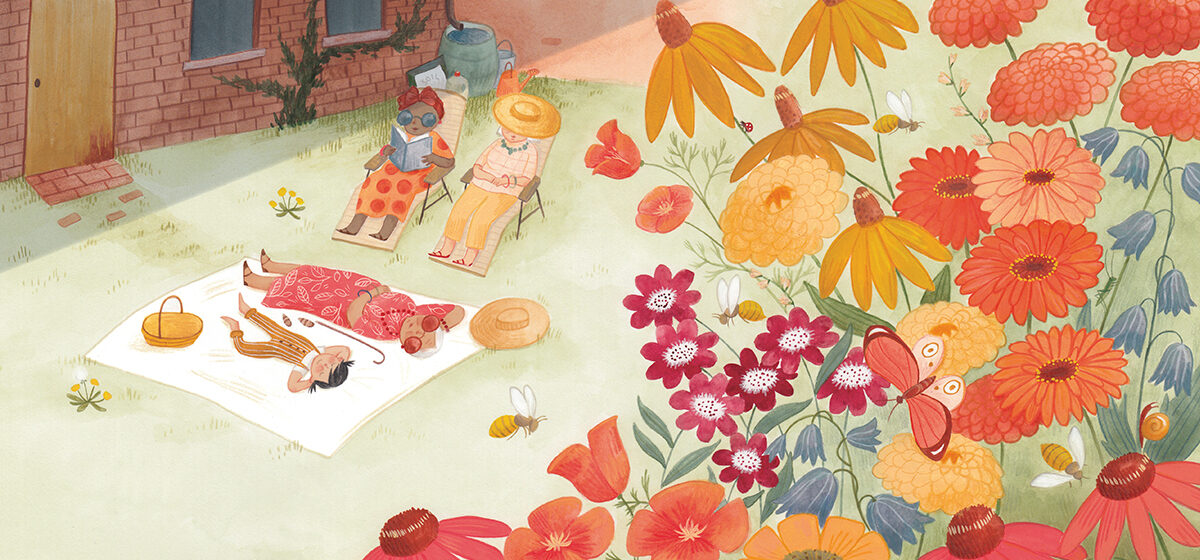
Interview with Zoë Tucker, author of Ada and the Number-Crunching Machine and The Garden We Share
Zoë Tucker, who previously worked with illustrator Rachel Katstaller to bring Ada and the Number-Crunching Machine to life, talks with NorthSouth Books about her new title on gardening, seasons, and the power of memory. In this interview, Tucker shares the inspiration behind The Garden We Share, illustrated by Julianna Swaney, talks seed swaps, community, courage, and the generational impact of children’s books in her life and work.
What inspired you for this story?
The story came from a combination of things. My friend Marie invited me to a seed swap early in spring. I don’t have a garden, but liked the sound of the day out, and went for fun. The seed swap happens every year and gardeners from all over the area gather together to swap seeds and share ideas. All of the varieties grow well in the local soil, and it’s a chance to try something new.
I came home with a handful of tiny brown envelopes, each containing different types of seeds including tomatoes, cut and grow lettuce, courgettes, aubergines and mixed flowers. I planted them in little pots on our front step outside the house, and waited . . . To be honest, I wasn’t sure if any of them would work! But a few weeks later little shoots appeared and our doorstep garden began.
At the same time, during that spring and summer, one of our family members was unwell. I remember sitting on the front step with my husband in the late afternoon sun, talking about our loved one, and at the same time, watching our little garden grow. The two threads came together in my head, and The Garden We Share began to take shape.
Tell me about what gardens means to you. Do you have one yourself?
Gardens are a wonder, aren’t they? I’ve come to realise that even the tiniest space can have a pot plant, and that watching nature grow is so good for the soul. I take huge comfort from watching the natural world. Even when times are tough, or stressful, nature prevails. These last few years have really shown us that and during lockdown my husband and I have enjoyed walks in our local park and by the sea where we live. It never gets boring because the environment is constantly changing with the ebb and flow of the seasons. Sometimes I like to take a sketchbook and draw what I see to keep a record.
Who are these elderly ladies? What is your relationship to the elder generations?
Ah the lovely ladies! I love how Julia has captured the older generation in her pictures, I want to be these women! The elderly ladies are a metaphor for family and friends. They represent our parents, and our loved ones. I have a wonderful mother-in-law who’s been a constant inspiration to me these last few years. She never stops learning, and takes a keen interest in everything we do, and what our daughter does. I love spending time with her, and she shares her knowledge and experience generously.
The story came from personal experience and my own grief, and as such, it’s very close to my heart.
Zoë Tucker
Your new book is speaking in a sensitive and loving way about a variety of things, including a complex topic, death. How did you find the right story and tone for this topic? What were challenges during the process?
The story came from personal experience and my own grief, and as such, it’s very close to my heart. I hope I have managed to find the right tone, as you say, it’s tricky. Death is something that we will all experience at sompoint in our lives. It might be the death of a pet, a grandparent, sometimes even a friend. The challenge is to write from a place of hope and positivity, particularly when it’s for little children. I hope that there’s something in the book that will open up those tricky conversations between a parent and a child, and in some part equip them with ideas on how to keep the memory of their loved one alive. I also hope it serves as a reminder about how we can learn from one another, and how important community is to our society.
How did the collaboration with illustrator Julianna Swaney take place, was there a dialogue? When did you see her illustrations and how did that feel?
Julianna was chosen by my publisher at Nord Süd and I am so grateful for the collaboration. I think her pictures have the perfect warmth and sweetness to balance the sensitive subject matter. Julianna and I haven’t spoken, but we’ve exchanged a couple of emails. The magic for an author is to step away and allow someone to bring your words to life. It was a treat to see the book take shape and I’m truly grateful for all Julianna’s insight and vision to bring the story to life. She’s brought so much love and light to each scene, I can’t picture the book any other way, I love her work!
How and when did your decision to make children’s books take place? What is your motivation?
I’ve worked as a designer and art director in childrens publishing for over 20 years and I love working with authors and illustrators to help them craft their own stories. Up until 5 years ago, I hadn’t thought about doing it myself, but here we are! I have my friend and colleague Lilla Rogers to thank for this. She encouraged me to write picture book stories for the illustration course we co-teach. Through this experience I’ve come to realise I’m a storyteller at heart, and I’m excited about this new chapter of writing my own books.
My motivation comes from my own life experiences and the world around me. I’m still learning (which I love) and at the moment I’m keen to work on books that empower and inspire.
Are there similarities in your working process each time you are writing a story for a children’s book?
Not yet, or not that I’ve discovered! I’m so new to this (or I feel like I’m still new to it) that I don’t have a method yet. Do others? I’d love to hear if they do.
At the moment, I carry a notebook and jot ideas down when they come to me, usually when I’m least expecting it. My ideas never come when I’m sat at my desk trying to write! I need to distract myself, go and do something else and let my brain go into a sort of hazy blur . . . then ideas start to pop in.
I like to pull on a couple of ideas and themes at once. This might be something that I’m personally feeling, combined with something I’ve noticed in the world around me. When I wrote The Garden We Share it was my own experience of grief and loss, combined with our little garden growing and the ebb and flow of the seasons. When I wrote Greta and the Giants it was at a time when we saw lots of protests around the world. I was wondering what that must feel like to a little child – frightening, exciting, confusing? Then I thought about who was making it accessible to a child, and Greta was the first to come to mind. Her one moment of bravery has sparked an entire generation to stand up and fight for climate change. Just one moment of courage. We can all learn from that.
What do you need to be able to work?
A notebook, a pen, and time for the ideas to brew! Sometimes this is easier said than done. I work full time as an art director and designer, and it can be hard to step away and give my own projects time. This year it’s my intention to carve out a little more creative time, and to feed my ideas by getting out into nature, seeing friends and experiencing new things.
What inspires you (artistically and/or personally)?
Oh so much! I’m constantly inspired by the authors and illustrators I work with, and my colleagues in the industry. I’m also inspired by the readers of my books, especially to see how they respond and interpret the stories I write. In my free time I read, sew, paint, and play music. I’m happiest when I’m making something.
A good childrens book can open up a childs mind to new possibilities and adventure.
Zoë Tucker
What makes a story great?
A compelling character that the reader can root for. You need to believe in the character, and to want them to succeed. I also like a story that stays with you, long after you finish the book. A story that makes you think in a different way, or look at the world from a different perspective.
What makes a great children’s book?
All the things above! It’s especially important the a child can relate to the characters in the book, that they can see themselves, and empathise with the emotions of the story. A good childrens book can open up a childs mind to new possibilities and adventure – it’s a powerful tool!
What are important topics for children’s books today?
The environment of course and living a sustainable life in todays world. I’m keen to see hopeful books, that give ideas on building a better future, with equality and compassion. They also need to fun and happy, not too heavy for those little minds.
You also work with new talents in the children’s book world – what are you looking for?
I’m always looking for new artists to work with, it’s my favourite part of the job. You never know quite what you’re looking for until you see it, so I’m open to lots of new styles. Good drawing is essential, with believable characters in imaginative settings.
